Stogie Guys Friday Sampler No. 382
9 May 2014
As we have since July 2006, each Friday we’ll post a mixed bag of quick cigar news and other items of interest. Below is our latest Friday Sampler.
 1) On Tuesday, the International Premium Cigar & Pipe Retailers Association (IPCPR) issued a legislative alert to prepare its members for the public comment period of forthcoming Food & Drug Administration (FDA) regulations. “We believe it is critical that the industry works together and takes a unified approach to the regulations we are facing,†reads the alert. “IPCPR’s first step is to request an extension of the 75 day comment period granted by FDA in the Notice of Proposed Rulemaking. We feel an additional 60 days is critical for affected parties to provide substantive comments, data, research, and other information to aid in FDA’s decision-making process.†IPCPR is also encouraging its member retailers to ask their customers to participate in the comment period, and will be distributing literature on how individual cigar smokers can participate in the process. In that same vein, Cigar Rights of America set up this page complete with talking points for individual comments and a link to submit them. Be sure to take action to ensure your voice is heard.
1) On Tuesday, the International Premium Cigar & Pipe Retailers Association (IPCPR) issued a legislative alert to prepare its members for the public comment period of forthcoming Food & Drug Administration (FDA) regulations. “We believe it is critical that the industry works together and takes a unified approach to the regulations we are facing,†reads the alert. “IPCPR’s first step is to request an extension of the 75 day comment period granted by FDA in the Notice of Proposed Rulemaking. We feel an additional 60 days is critical for affected parties to provide substantive comments, data, research, and other information to aid in FDA’s decision-making process.†IPCPR is also encouraging its member retailers to ask their customers to participate in the comment period, and will be distributing literature on how individual cigar smokers can participate in the process. In that same vein, Cigar Rights of America set up this page complete with talking points for individual comments and a link to submit them. Be sure to take action to ensure your voice is heard.
2) Prometheus and God of Fire yesterday announced the Lost City Scholarship Fund, which will provide college scholarships to the students who have graduated from the high school established by the Cigar Family Charitable Foundation. The fund is named after The Lost City, a 2005 film directed by Andy Garcia that included Chateau de la Fuente as a filming location. The Cigar Family Charitable Foundation was founded by the Fuente and Newman families in 2001 to support education, health care, and recreation for the people of the Dominican Republic.
3) Inside the Industry: Espinosa Cigars is launching the Sake Bomb, a small cigar (4.5 x 42) that will be included in the full-bodied La Bomba line. Quesada is commemorating Manuel “Manolo†Quesada’s 40 years in the industry with a San Andrés-wrapped, five-vitola series called Quesada 40th. Hedley Grange is expanding with a new Laguito No. 6 vitola (6.5 x 56) that includes a unique fanned cap. Alec Bradley plans to release The Lineage, a blend that celebrates both of his sons being old enough to smoke cigars.
4) Around the Blogs: Stogie Fresh reviews the Lou Rodriguez Habano Rosado. Cigar Inspector inspects the Padrón 1926 Serie 80 Years Maduro. Leaf Enthusiast checks out the Partagas 1845 Extra Fuerte. Seth’s Humidor lights up a Reinado Grand Empire Reserve Corona Gorda. Cigar Fan sparks an Ezra Zion FHK & Rodrigo Fortaleza.
5) Deal of the Week: Smoke Inn has a number of cigars on clearance, including deals on CAO La Traviata, El Tiante, La Dueña, Nestor Miranda Grand Reserve 2012, and the Xikar HC Series. Check them out here.
photo credit: Stogie Guys

 I’ve smoked a number of these over several months and found them to be amazingly consistent in both flavor, strength, and performance. The beautiful, light honey-brown Habano wrapper, grown in Brazil, is topped with a perfectly applied cap. The burn line is truly razor sharp, the draw near ideal.
I’ve smoked a number of these over several months and found them to be amazingly consistent in both flavor, strength, and performance. The beautiful, light honey-brown Habano wrapper, grown in Brazil, is topped with a perfectly applied cap. The burn line is truly razor sharp, the draw near ideal.
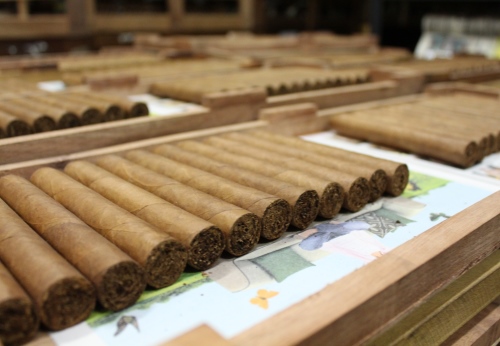
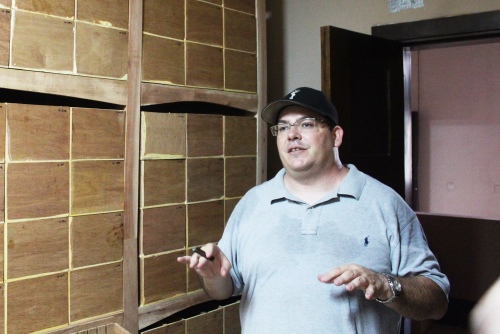
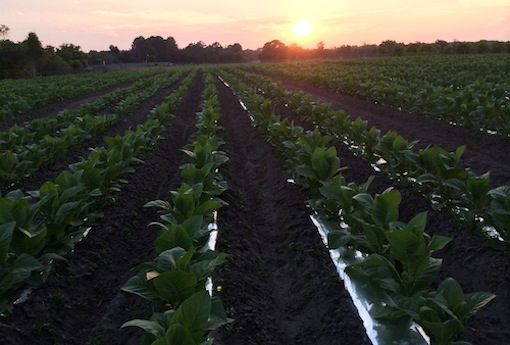
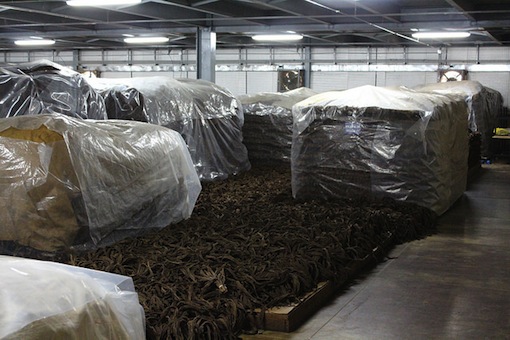
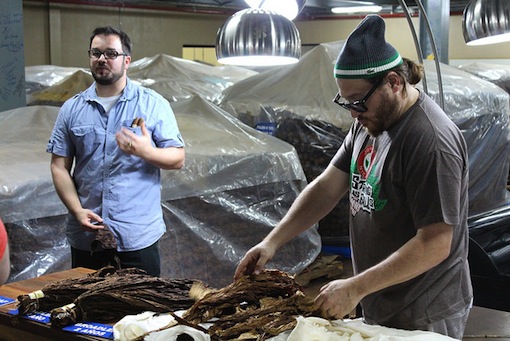
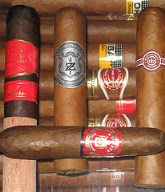 But that doesn’t mean you should forget all about
But that doesn’t mean you should forget all about 

 Patrick Ashby
Co-Founder & Editor in Chief
Patrick Ashby
Co-Founder & Editor in Chief Patrick Semmens
Co-Founder & Publisher
Patrick Semmens
Co-Founder & Publisher George Edmonson
Tampa Bureau Chief
George Edmonson
Tampa Bureau Chief